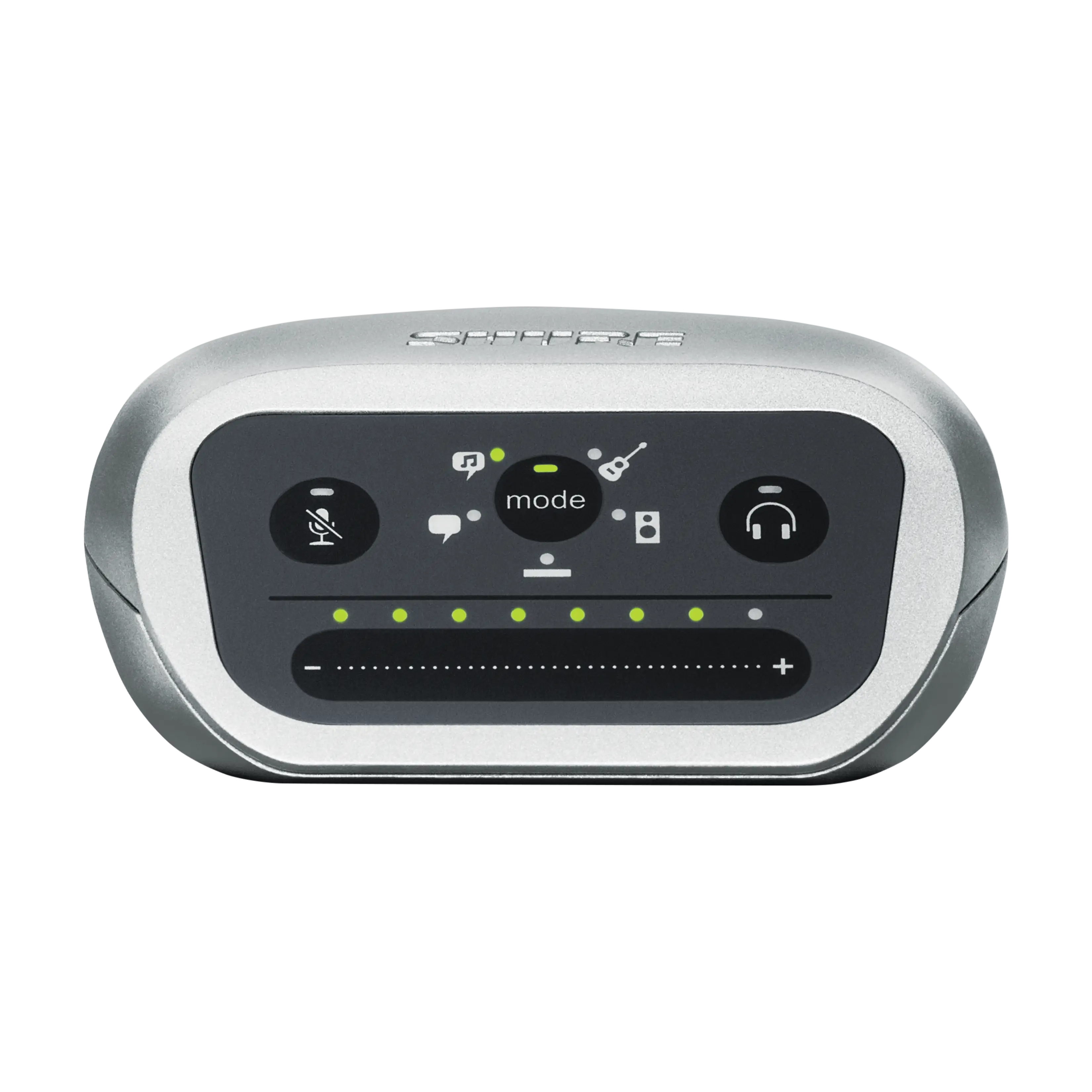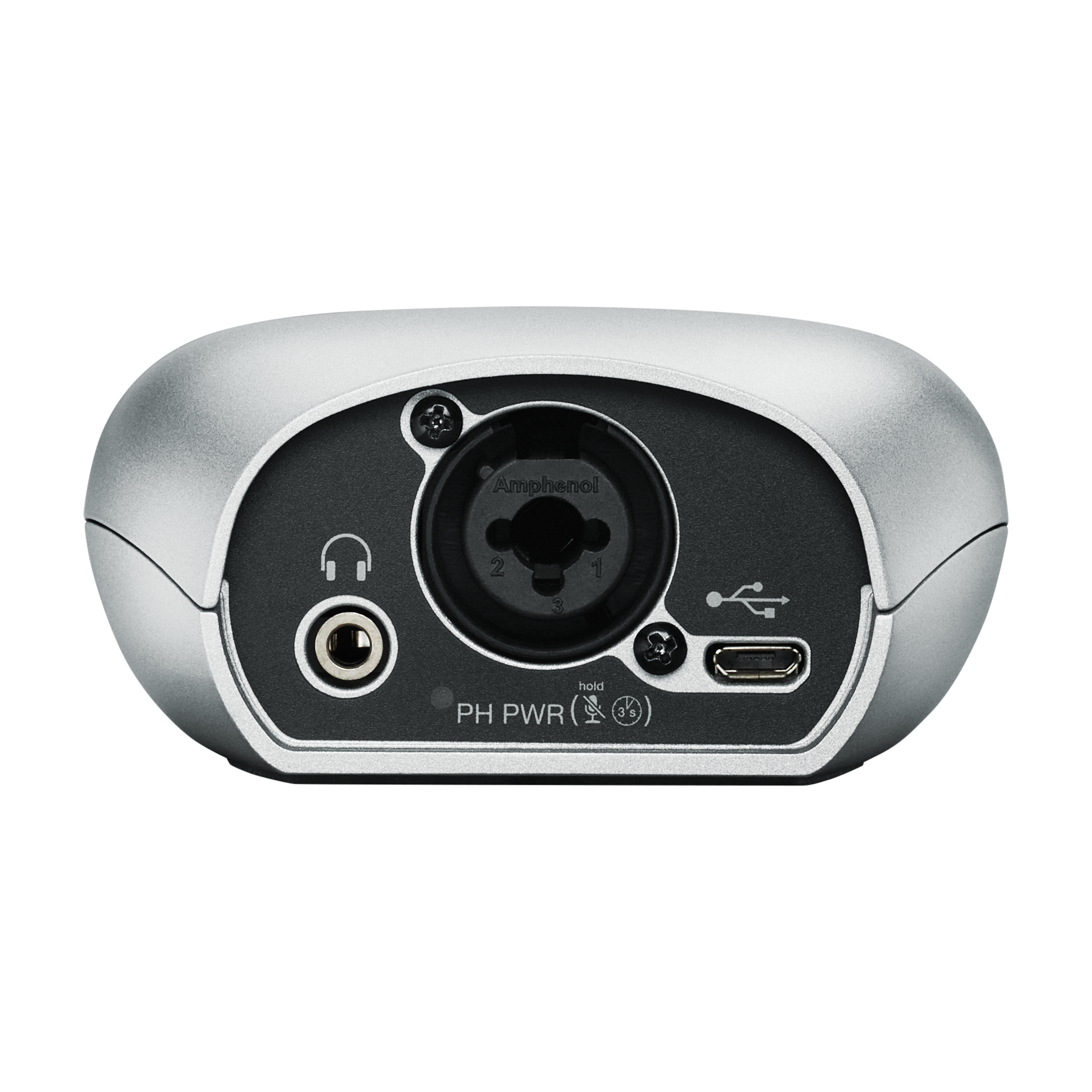USB Microphones: Combining Convenience and Quality Sound

You've undoubtedly heard the chatter out there: A USB mic? Why don't you just save your cash to buy a real microphone?
But don't believe the USB cynics. Mics built to plug straight into your PC or Mac have come along way since they were first introduced. These days, they offer both convenience and tremendous sound quality. That said, there are plenty of considerations when selecting a microphone best suited to your needs.
History of USB Microphones
Once run-of-the-mill desktop computers gained enough power to process audio data in real-time, home recording suddenly became possible. No longer was expensive multi-track equipment necessary – but you now needed either a microphone that could plug straight into the computer or an interface. It's at this point when the two worlds of professional microphone technology and consumer electronics collided. It turned out getting quality sound into a computer wasn't all that easy for musicians not willing to moonlight as an IT administrator. So manufacturers started to make USB mics providing plug-and-play functionality.
Recording beginners looking for easy-to-use gear loved the fact that a microphone could simply be plugged into any USB port and at the press a virtual button on your recording software, the audio instantly became a digital file on your PC desktop.
Which leads us to a key aspect of a USB microphone: A converter inside the device turns the analog audio signal into digital data before sending it to your computer. This means you normally don't have to download drivers or do other installation before using the mic, since it simply relies on the operating system of your PC or Mac.
Onboard Audio Processing
Some models, such as the MV51, even offer onboard audio processing, such as de-essing, low-cut filter and compressor. This can save you considerable time in postproduction and added expenditure on extra plug-ins. (Note: The MV51 naturally also has a "flat" preset that does zero processing of the audio signal.)
Of course, the features intending to make USB mics quick and easy to use also makes them a bit less flexible than traditional recording setups. Most are intended to be all-rounders and you normally won't find specialized tonal qualities in a mic with an integrated analog-digital converter. This is only logical, because no one wants to buy a separate converter for each mic. So if you're looking to record a distinct sound, it probably makes more sense to use traditional analog XLR mics in conjunction with a digital USB interface such as the MVi or X2u.
A Sound Choice
But for anyone wanting an easy-to-use microphone offering high-quality sound, a USB microphone is the clear choice. Whether it's for recording on the go or simply an affordable way to get into audio production, these are great general-purpose mics offering plug-and-play convenience. Check out our list below to find out what best suits your needs.
Our Recommendations
If you're looking for a versatile, large-membrane condenser USB microphone offering onboard presets, the MV51 is your best option.
If you need a USB mic for podcasting or other spoken word applications, there's the MV5.
If you already have XLR mics but need a USB interface, take a look at the X2u.
If you have analog mics, but would also like to plug in an instrument, try the MVi interface.



